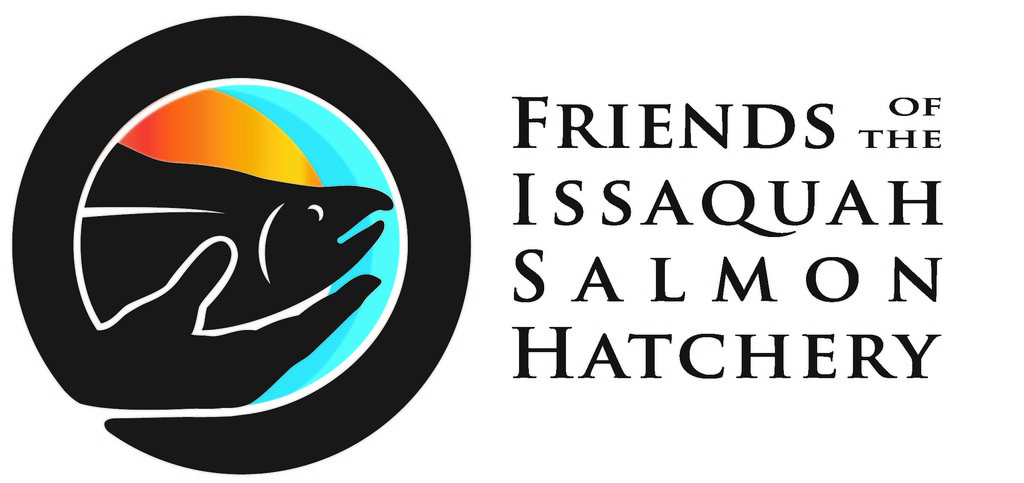More Latest News
Company Work Parties at the Hatchery
Spring Work Partys at the Hatchery Does your group, team or company have a day of giving? Consider a habitat restoration or invasive plant removal morning at the Issaquah Salmon Hatchery. Our grounds can always use help with maintenance and plant removal. To schedule a work party: fill out a form
Book a Spring Hatchery Guided Tour
Book a Spring Tour We are delighted to be able to hold Winter/Spring guided tours starting the week of April, May & early June — almost three whole months of tours! Public Guided tours last 45 minutes and feature many of the hatcheries educational spots, are $10 per person as a donation to FISH and […]
Steve Bell: Forging FISHy Alliances
In 1992, as the State of Washington listed the Issaquah Salmon hatchery for closure, no one expected a community uprising of outrage. The sudden threat brought together a coalition of diverse people and interests, from real estate developers to environmentalists – factions accustomed to waging policy battles with one another rather than pitching for the […]
Guided Hatchery Tours for the Spring
Guided Spring Tours Hatchery Tours, STEM fairs & more … FISH-ADMIN News – Parent, Uncategorized We are delighted to be able to hold Winter/Spring guided tours starting the week of February 2 through May 30 — three whole months of tours! Tours last 45 minutes and feature many of the hatcheries educational spots, are $10 a person […]
